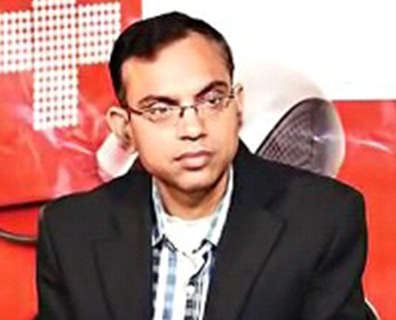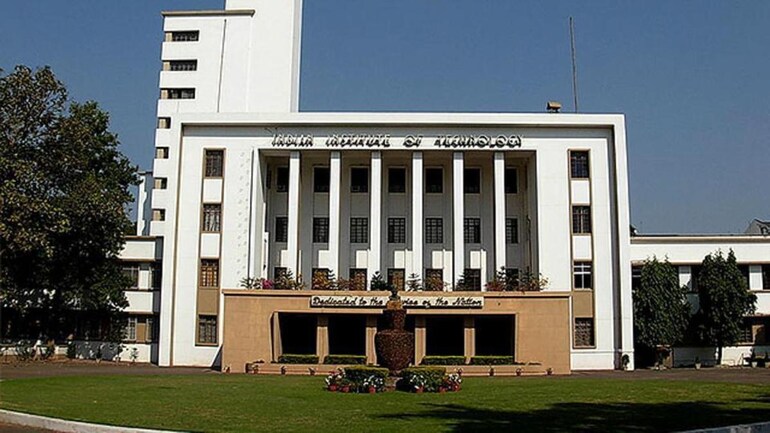Suman Chakraborty has research interests in the area of Microfluidics, Nanofluidics, and CFD. Through a serious of investigations, he resolved one of the outstanding paradoxes on interfacial slip in nanoscale transport, by demonstrating the exact mechanism by which less dense phases may be segregated within nanometer length scales adhering to solid-liquid interface. He further extended this model to understand electrohydrodynamics in presence of hydrophobic interactions, resolving outstanding anomalies on massive amplification in electrokinetic pumping in nanochannels. Extending the above fundamental scientific principles, Chakraborty has been the pioneer to agglomerate the science of microscale fluid mechanics with the complex biophysics of cells. Chakraborty has also been the first researcher to develop a fundamental theory on electrokinetic transport of blood through microfluidic conduits, and to translate the same towards the development of an original device for analyzing the flow of blood from a droplet into a microfluidic capillary, together with the effects of suspended red blood cells and dynamically evolving contact angle on the underlying non-intuitive flow features under the complex coupling of electrokinetics, interfacial phenomena and fluid rheology. One aspect which distinguishes Chakraborty?s research work from many others? is the strong link between outstanding fundamental scholarly work and innovative technology development relevant to industries and society. His contributions on fluid flows in miniaturized devices, leading to the development of low cost medical diagnostic devices, is expected to revolutionize rapid, portable, accurate, and inexpensive medical diagnostics with very low sample consumption, thereby addressing perhaps the most challenging proposition of the underdeveloped world. In recognition of his pioneering research contributions in Engineering Sciences, he has been conferred the Shanti Swaroop Bhatnagar Prize, the highest scientific honour from the Government of India. He has also become Fellow of various National Academies of Science and Engineering, and a fellow of ASME, APS and the FRSC.





